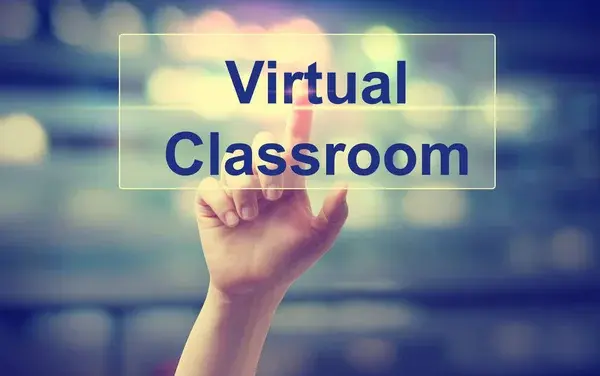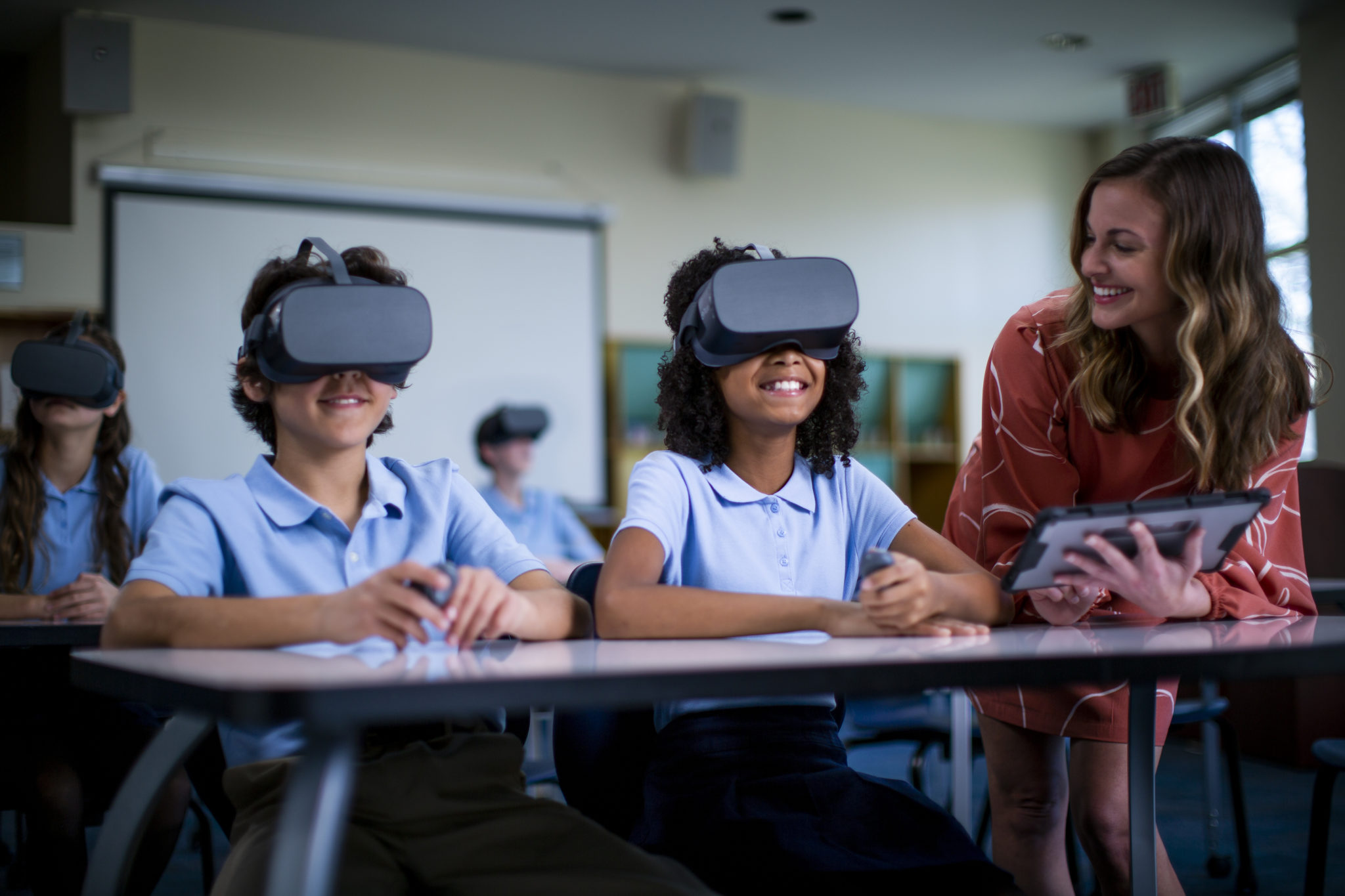Office Address
10-170/Coconut trees street, Venkatarayapuram
Phone Number
9014634327
10-170/Coconut trees street, Venkatarayapuram
9014634327

A virtual classroom is an online learning environment that allows for live interaction between the tutor and the learners as they are participating in learning activities. In other words, the virtual classroom is a shared online space where the learners and the tutor work together simultaneously. Online learning programs involve virtual classrooms, which are enabled by a webcam or video conferencing camera, video conferencing software, and an instructor and students working together. In this post, we'll dig into everything you need to know about virtual classrooms, whether you're a prospective student or a virtual educator.

1.Flexibility in learning
2.Cost efficiency
3.Interactive learning tools
4.Improved time management
5.Global accessibility
The evolution of digital classrooms is marked by the integration of advanced technologies:
1.AI-Powered Tools: Google's Gemini for Education offers features like personalized quizzes and interactive diagrams, enhancing learning experiences.
2.Holographic Teaching: Innovations like the Hellbox enable teachers to project themselves into classrooms remotely, addressing teacher shortages in rural areas.
3.Immersive Virtual Environments: Platforms like Google Beam AI aim to create more engaging remote learning experiences through AI-driven avatars and real-time rendering.
A digital classroom is a learning environment that uses digital tools, technologies, and platforms to facilitate education. It replaces or complements traditional classroom setups with modern tools such as computers, tablets, smartboards, projectors, internet connectivity, and educational software. The digital classroom is not limited to physical spaces — it often extends to virtual classrooms, where students and teachers can interact remotely via video conferencing platforms and learning management systems (LMS).
1.Interactive Learning Tools
Tools like Kahoot, Quizlet, and Google Forms make learning more engaging.
2.Access to Online Resources
Platforms like YouTube, Coursera, Khan Academy, and National Digital Library of India (NDLI) enhance knowledge accessibility.
3.Remote Learning Capabilities
This promotes flexibility and inclusivity, especially for students in remote or underserved areas.
4.Real-Time Assessments and Feedback
Teachers can track student progress and give instant feedback for improvement.
5.Multimedia Integration
This supports varied learning styles (visual, auditory, kinesthetic).
6.Collaborative Learning